Continuing from the previous issue’s focus on the Rhodes piano, this time we explore its use in the J-pop genre by a notable Rhodes player. Initially, I intended to focus on classic albums in pop and jazz that feature the Rhodes piano, but it’s such an extensive field that it would be too broad to cover adequately. Instead, I decided to focus on the players themselves, which I believe would better reveal the characteristics of both the music genre and the Rhodes piano.
Since its humble beginnings, the Rhodes piano has remained an instrument that has left a remarkable legacy, and being able to listen to these performances today feels like a stroke of luck.
When considering who the representative Rhodes piano player from Japan might be, there was only one name that came to mind: Hiroshi Sato.
Hiroshi Sato: The Unrivaled Rhodes Player!
When it comes to Rhodes piano in J-pop, no one stands higher than Hiroshi Sato.
He is a keyboardist known for his incredible performances on the Rhodes piano in J-pop, playing alongside legendary domestic musicians such as Tatsuro Yamashita, Minako Yoshida, and Haruomi Hosono. Sato has also produced numerous solo albums, with Awakening being a landmark album recognized in music history for its masterful use of the LinnDrum. Hiroshi Sato’s playing style is rooted in blues but retains a polished, sophisticated quality, which I believe is a reflection of his unique musicality.
I had the opportunity to interview Sato in 1995 during a TV program I was working on, titled The Mystery of the Price Difference Between Domestic and Import CDs. He was a quiet, friendly individual who, surprisingly, didn’t give off the typical image of a musician.
I mentioned that I loved his Rhodes piano intros and the subtle solo piano moments in songs, and he shared, “When I play on other people’s albums, I can do that kind of performance, but for some reason, I can’t do it on my own. Just the other day, I happened to run into Tatsuro Yamashita in Shibuya, and he said something similar to me...” I still remember that conversation as if it were yesterday.
■ Recommended Album: Hiroshi Sato Awakening (1982)
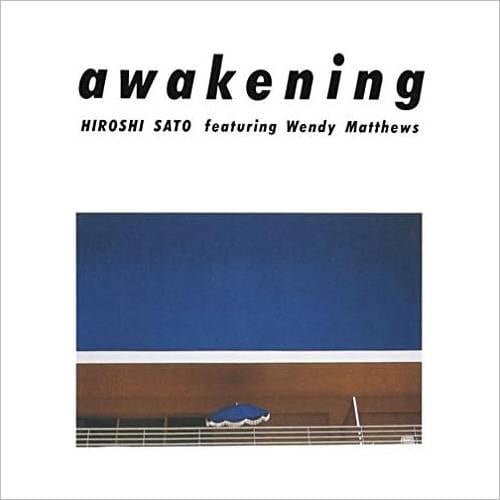
Hiroshi Sato left Japan after recording Speak Low for Yoshitaka Minami’s album and began his session work in LA. A few years later, he returned to Japan and released his fourth solo album, Awakening, in 1982.
This album heavily featured the LinnDrum, the latest technology at the time.
Awakening received high praise both domestically and internationally and is considered one of the greatest albums in J-pop history. Despite electronic sounds being added to the LinnDrum, it creates a high-quality West Coast vibe that doesn’t immediately reveal its origins.
The album features Canadian vocalist Wendy Matthews and Sato himself also contributes vocals.
The Rhodes piano plays a prominent role in this album as well.
Recommended Track: “I Can’t Wait”
This is a duet with Canadian vocalist Wendy Matthews.
This track prominently features the Rhodes piano right from the intro. Listening to this, you can immediately tell that Hiroshi Sato understood how to make the Rhodes piano sing. He once said that when he first encountered the Rhodes piano, it felt as though he had met his future spouse. This slow, resonating melody captures the unique characteristics of the Rhodes piano perfectly in a stunning track.
The Surprising Characteristics of the Rhodes Piano
As I have mentioned numerous times before, the most notable feature of the Rhodes piano is simply that “it sounds great.” But beyond that, the Rhodes sound blends seamlessly with other instruments, especially in ensembles with acoustic pianos, where this blending is especially prominent. The two instruments complement each other beautifully, creating a sound that is unlike anything else.
Hiroshi Sato has a remarkable talent for blending the Rhodes and acoustic pianos, and this is evident on the following two albums.
■ Recommended Album: Tatsuro Yamashita Go Ahead! (1978)
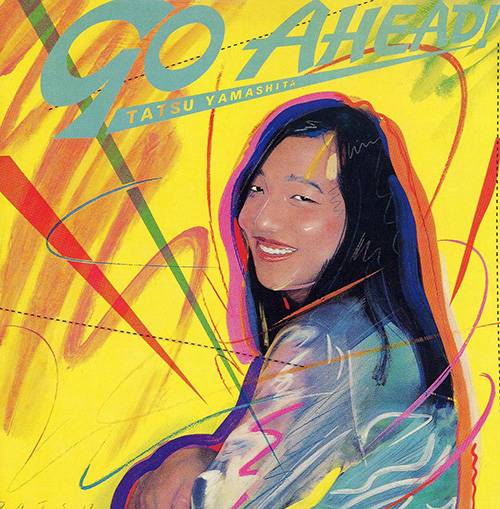
Released in 1978, Tatsuro Yamashita’s 3rd album features a stellar lineup of musicians, including keyboardist Hiroshi Sato, bassist Haruomi Hosono, Akira Okazawa, guitarist Tsunehide Matsuki, drummer Shuichi “Ponta” Murakami, and Yukari Uehara. This was one of the best lineups in J-pop at the time. With the addition of Tatsuro Yamashita’s side guitar, the resulting groove became one of the finest in J-pop history. Unfortunately, the performances by this lineup can no longer be heard, making this a rare and valuable recording.
Recommended Track: “Monday Blue”
When Rhodes piano and acoustic piano are mixed together, a unique world emerges. Listening to the ensemble in this track, “Monday Blue”, makes it easy to understand the meaning behind this combination.
According to Yamashita, this track was recorded in one take with Shuichi “Ponta” Murakami, Akira Okazawa, Tsunehide Matsuki, and Hiroshi Sato. Sato, who played the Rhodes piano, later overdubbed the acoustic piano by himself to complete the song. Hiroshi Sato had a clear understanding of how to separate and blend the sounds of Rhodes and acoustic piano in his mind.
The short Rhodes piano solo in the latter half, followed by the acoustic piano solo that complements it, is a masterpiece in J-pop history and a miraculous moment.
■ Recommended Album: Tatsuro Yamashita Ride On Time (1980)
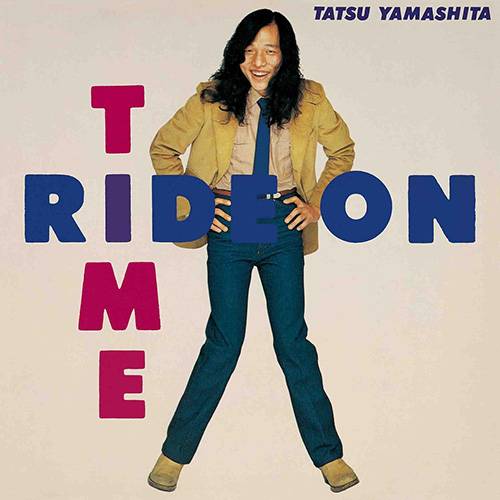
Released in 1980, Tatsuro Yamashita’s Ride On Time became a major hit album. The title track, “Ride On Time”, reached #1 on the Oricon charts. Known for his slogan “Only good sounds remain,” Yamashita also appeared in a cassette tape commercial. This huge success brought Yamashita’s name into the public spotlight. He brought in a new rhythm section with Jun Aoyama (drums) and Koki Ito (bass), transitioning from session musicians to his original band members. Yamashita’s unique sound continued to flourish and gained widespread recognition.
Recommended Track: “Rainy Day”
This iconic track was recorded after Hiroshi Sato returned from LA.
It features a perfect blend of Rhodes piano and acoustic piano in the ensemble.
Musicians, Albums, and Recommended Tracks Featured in This Article
- Artists: Hiroshi Sato, Tatsuro Yamashita, and others
- Albums: Awakening, Go Ahead!, Ride On Time
- Recommended Tracks: “I Can’t Wait”, “Monday Blue”, “Rainy Day”
The “sound & person” column is made up of contributions from you.
For details about contributing, click here.













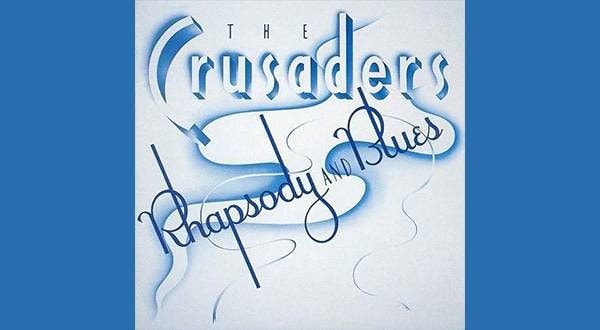
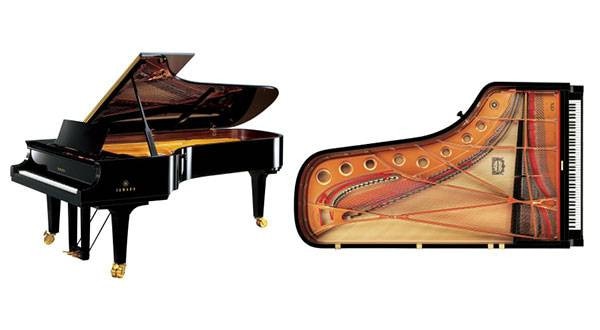


 YAMAHA YC61 特集
YAMAHA YC61 特集
 エレクトリックピアノ 入門ガイド
エレクトリックピアノ 入門ガイド
 電子ピアノ デジタルピアノ 入門ガイド
電子ピアノ デジタルピアノ 入門ガイド
 ステージピアノ 入門ガイド
ステージピアノ 入門ガイド
 PLAYTECH キーボードセレクター
PLAYTECH キーボードセレクター
 PLAYTECH 鍵盤特集
PLAYTECH 鍵盤特集















